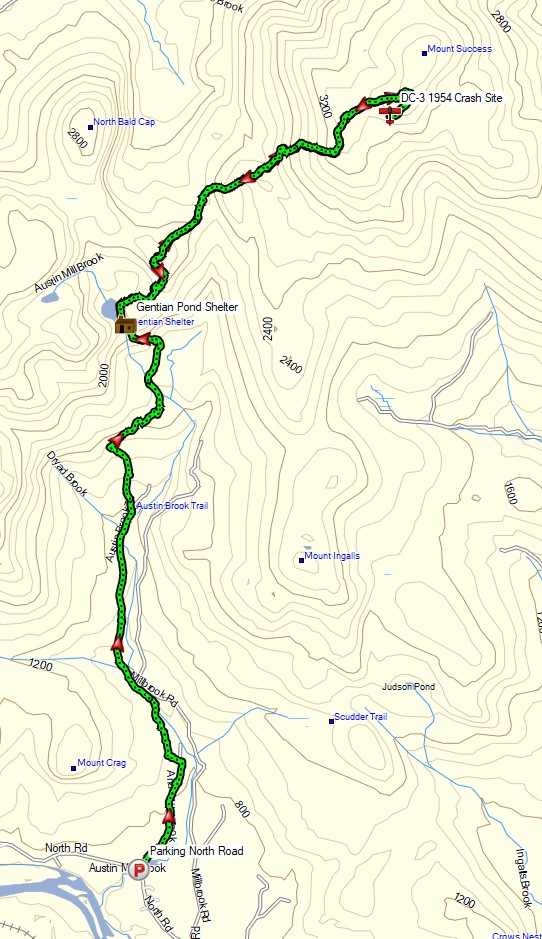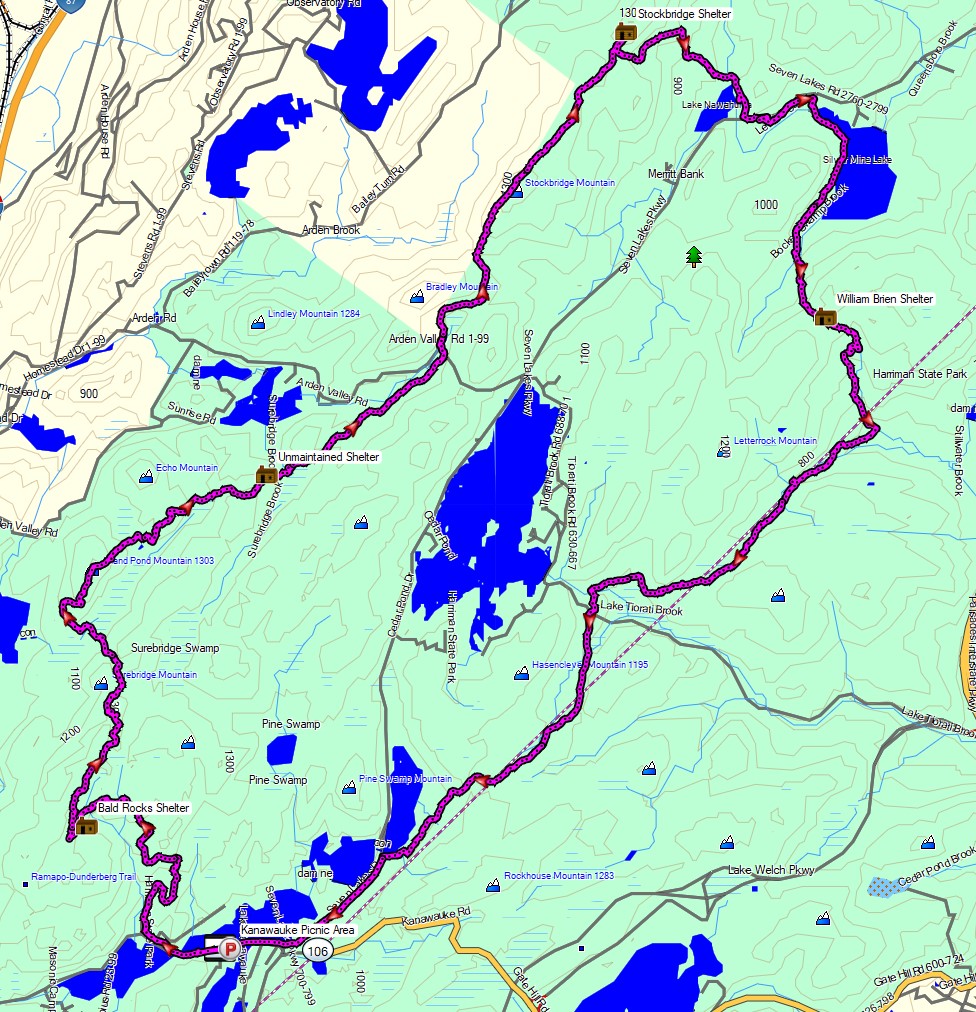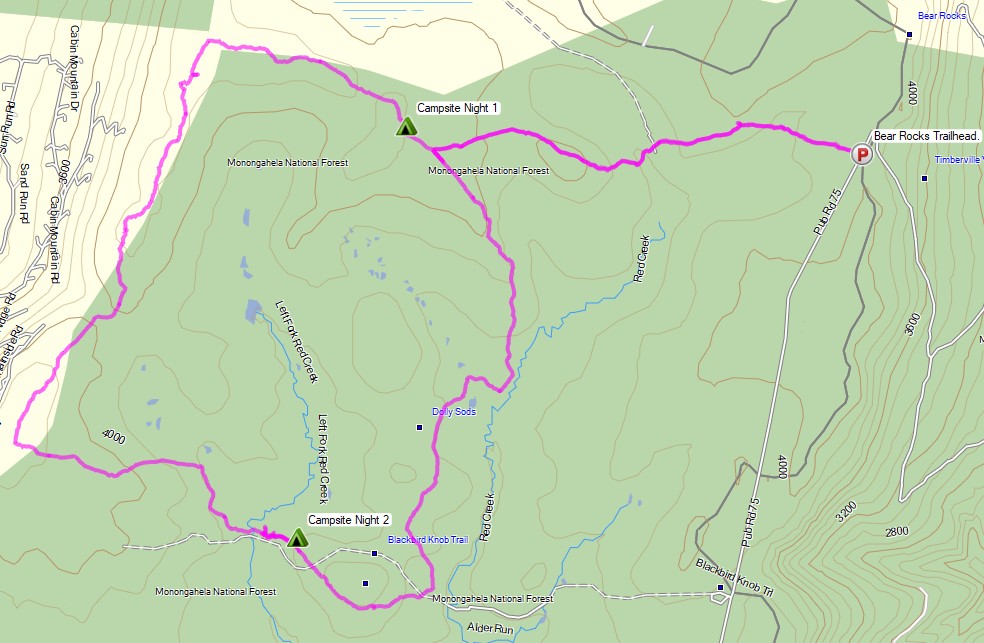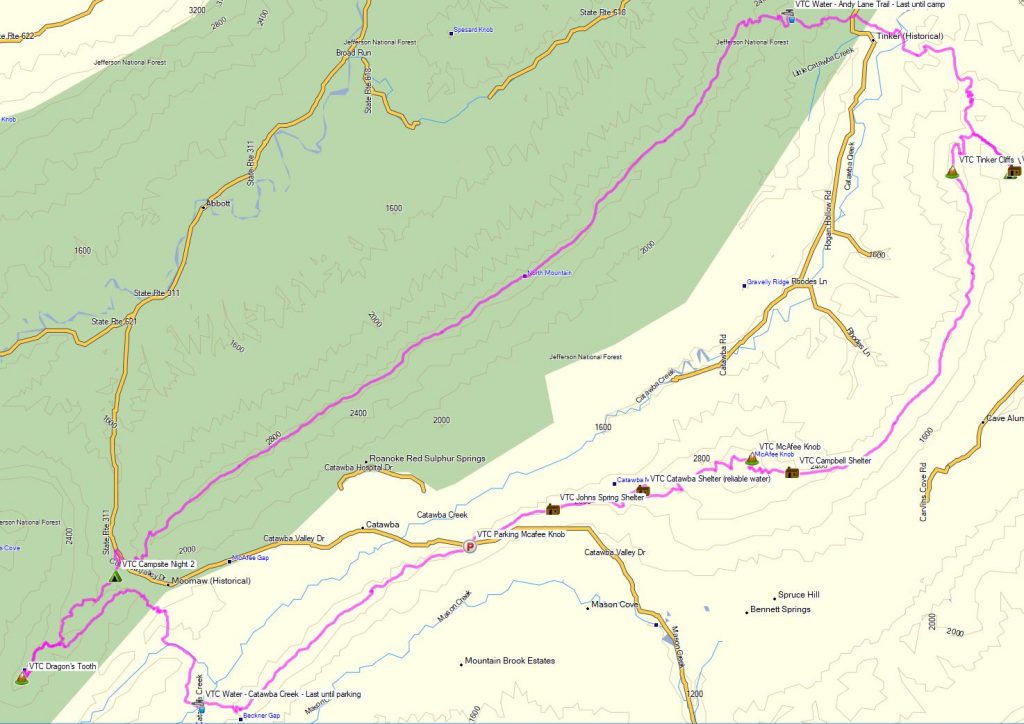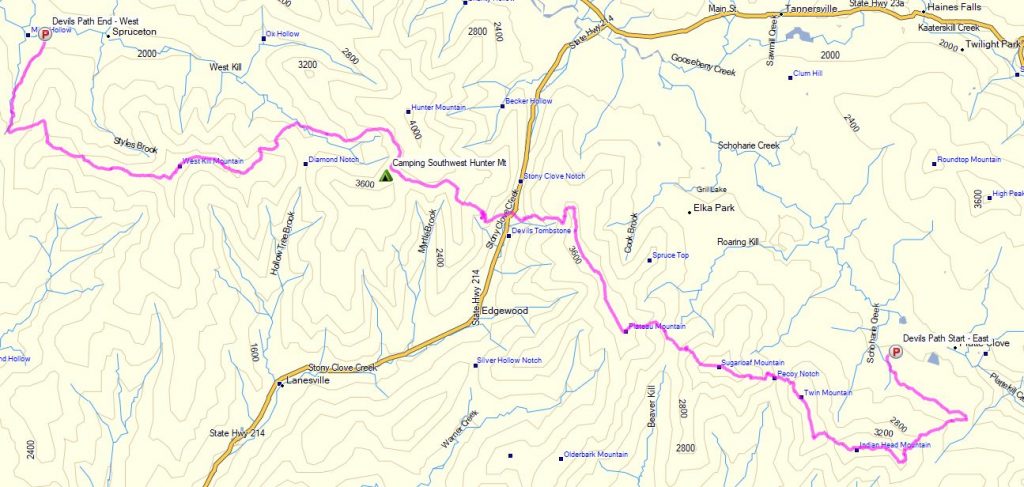Backpacking & Solo Winter Camping in search of a 1954 commercial airline crash near the summit of Mt Success in the White Mountains.
FTC Disclosure: This post contains affiliate links, which means I may receive a commission for purchases made through some of my links.
For this 3 day, 2 night camping trip, I headed up to a lesser traveled corner of New Hampshire’s White Mountain National Forest for some snowshoeing, camp cooking, and bit of New England aviation history.
My goal for this adventure was to find the resting place of Northeast Airlines Flight 792, which crashed on approach to Berlin Municipal Airport during inclement weather on November 30th, 1954. It made contact in the dense trees near the summit of Mt Success at an elevation of 3,390 feet. More information on the details of Flight 792 and the circumstances of it’s survivors can be found in this copy of the official Accident Investigation Report
The 6.5 mile hike to get there would require a gross elevation gain of roughly 3,700 feet on potentially unbroken trail in deep snow. The final portion of the hike would be an unofficial bushwhack through dense trees and snow. For this reason, I chose to break up the approach up by setting up camp at roughly the halfway point along Gentian Pond and the nearby lean-to shelter with sweeping views of the Carter-Moriah mountain range. After camping for the night, I would head up to the top of Mt Success, the first peak of the Mahoosuc Range and the Appalachian Trail’s gateway to Maine. After a few miles and a couple thousand feet of ascent with my trusty snowshoes, I would leave the trail behind in search of the DC-3.
No permit is required to backcountry camp in the White Mountains, but some locations do require a daily, weekly, or annual pass. The parking area for this trip did not require a parking fee as of January 2021.
Full GPS track data, including campsites, water sources, etc, for this trip and many others can be downloaded on my Trip Data Page.
Trailhead Used: Austin Brook Trailhead on North Road, 44°24’45.1″N 71°04’05.4″W
North Rd, Shelburne, NH 03581

